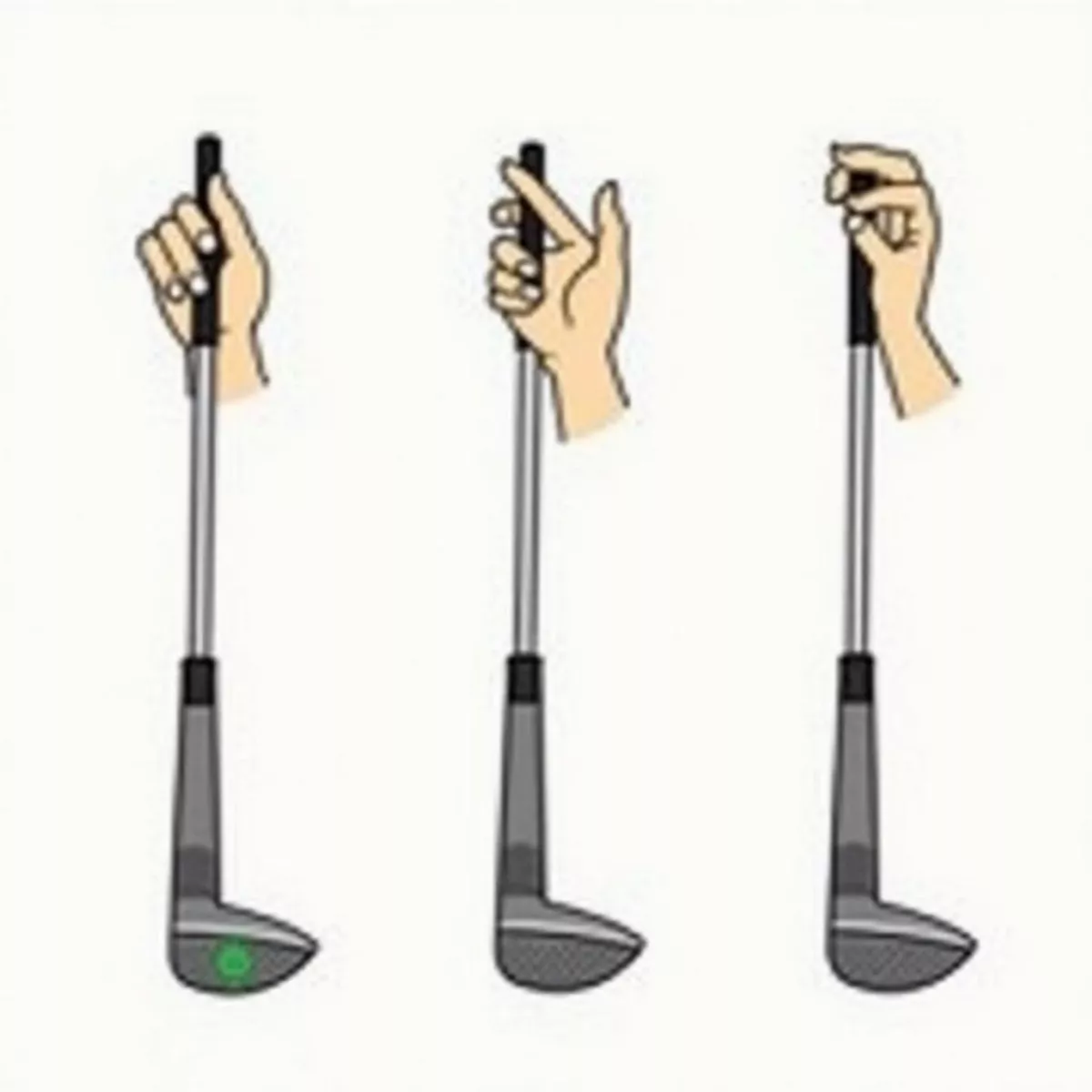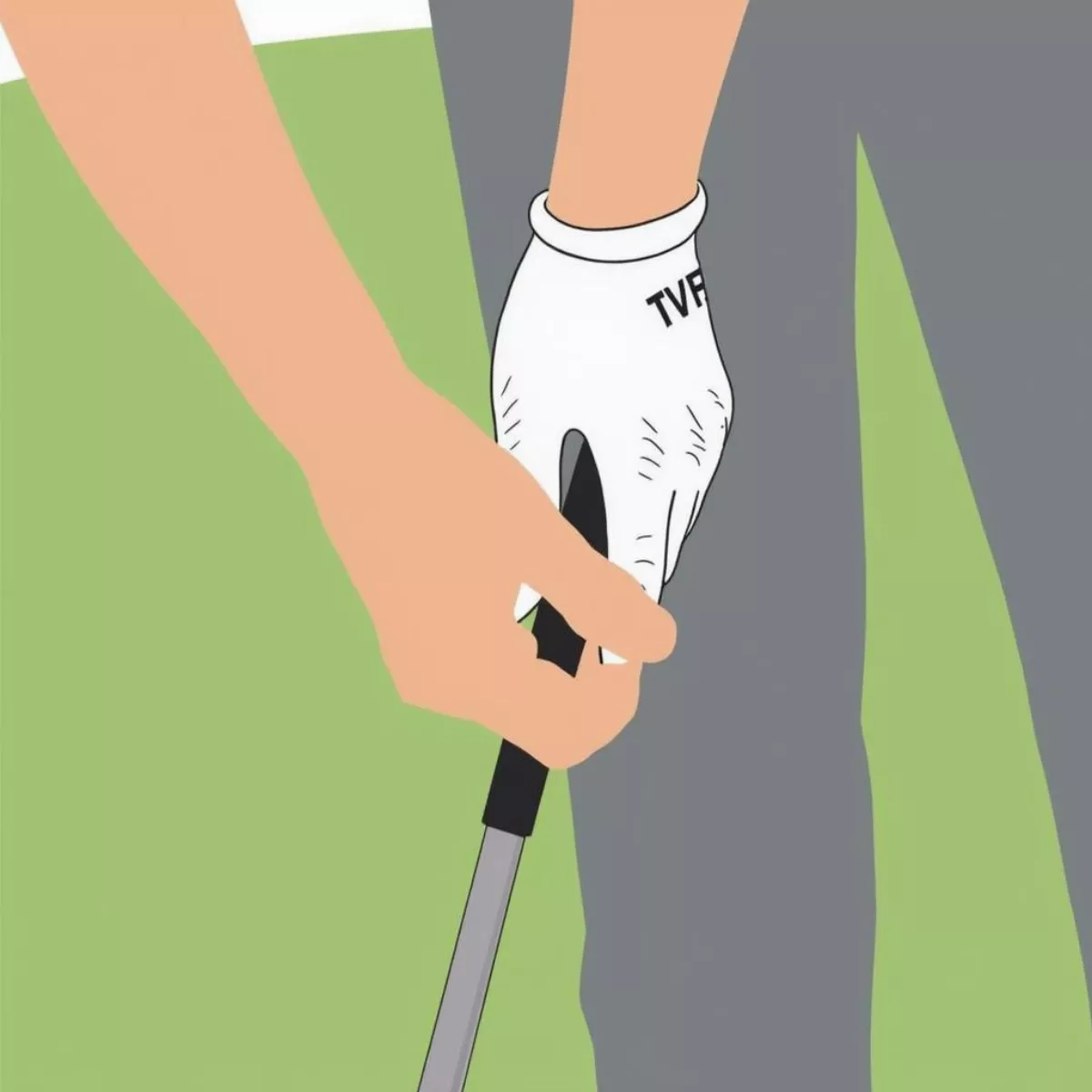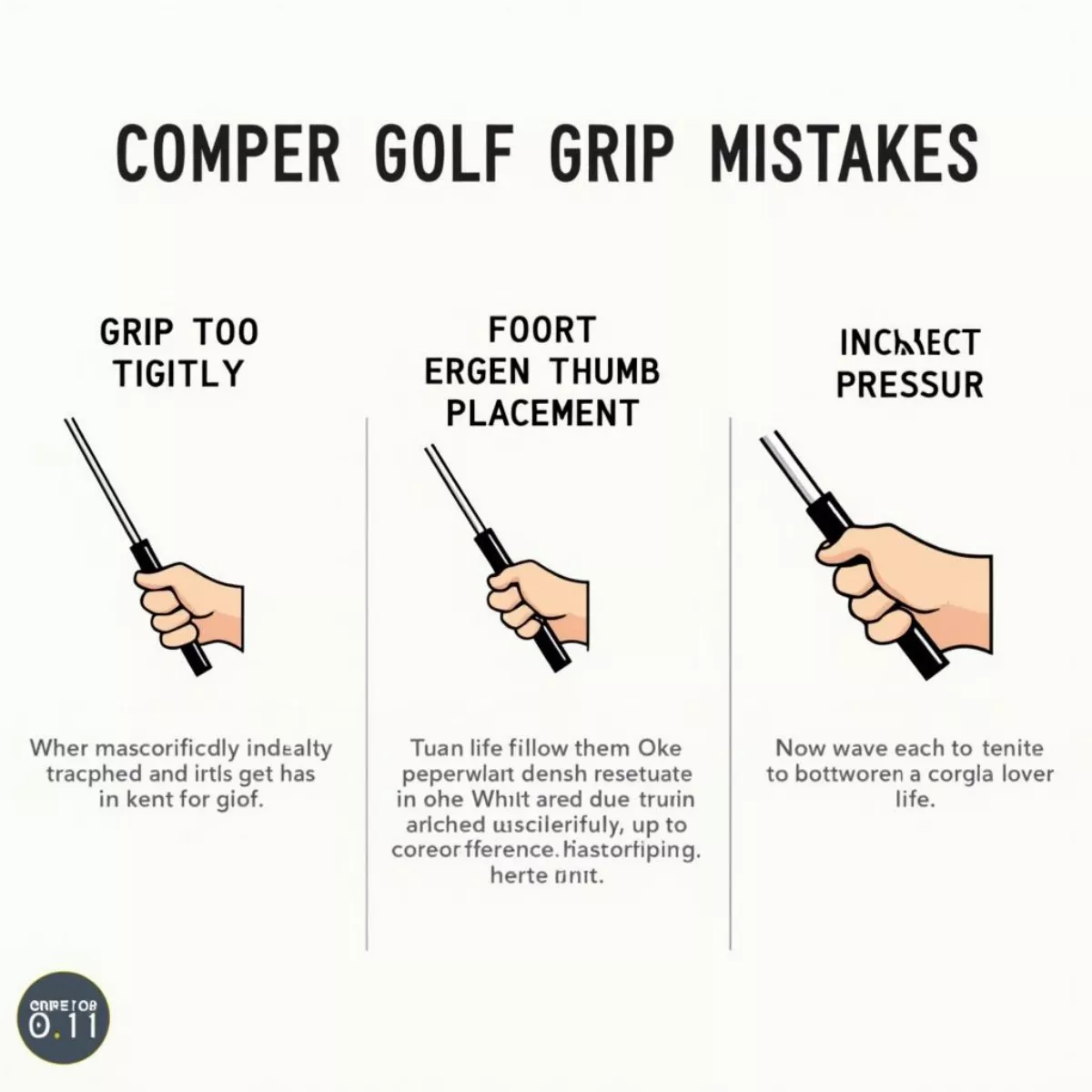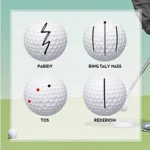When you step onto the golf course, the first thing you might notice is the sound of clubs hitting the ball. However, one of the most crucial aspects of a successful swing lies hidden in your hands: the grip. A proper golf club grip can lead to improved accuracy, distance, and overall enjoyment of the game. Today, we’re diving deep into the ins and outs of the proper grip for a golf club.
Why Does the Grip Matter?
In golf, your grip serves as the connection between your body and the club. Understanding how to hold the club correctly can help ensure that you deliver the clubface squarely at impact, which is vital for consistency. The right grip can also reduce strain on your hands and wrists, preventing injury while enhancing your performance.
Types of Golf Grips
Before we delve into how to grip a golf club, let’s clarify the different types of grips.
-
Interlocking Grip:
- Ideal for players with smaller hands.
- The pinky finger of the trailing hand interlocks with the index finger of the lead hand.
-
Overlapping Grip (Vardon Grip):
- Commonly used by many professionals.
- The pinky of the trailing hand rests on top of the index finger of the lead hand.
-
Baseball Grip:
- Suitable for beginners.
- All fingers wrap around the grip without interlocking or overlapping.
Which Grip Is Right for You?
Selecting the right grip boils down to personal comfort and the size of your hands. Experimenting with each grip type can help you find what feels best as you practice your swing.
 Different Golf Grips
Different Golf Grips
Proper Golf Grip Technique
Now that you know about the different grips, let’s focus on how to properly grip the club.
Step-by-Step Guide to a Proper Golf Grip
-
Choose Your Grip Type:
- Decide between interlocking, overlapping, or baseball grip.
-
Hold the Club at the End of the Grip:
- Allow the grip to rest in the fingers rather than the palms.
-
Position Your Lead Hand:
- For a right-handed golfer, this is the left hand.
- Place the club vertically against your left palm, then rotate the hand so the back of the hand faces the target.
- Ensure that the thumb runs straight down the grip.
-
Add Your Trailing Hand:
- Position the right hand below the left.
- Use either the interlocking method or the overlapping method as per your preference.
- The palm of the right hand should cover the thumb of the left hand.
-
Check Your Grip Pressure:
- A common mistake is gripping the club too tightly.
- Aim for a pressure level of about 4 out of 10. You should feel secure without tension.
-
Align the Grip:
- Your hands should form a “V” that points towards your right shoulder (for right-handed golfers) or left shoulder (for left-handed golfers).
- This alignment helps in controlling the clubface.
Grip Adjustments for Various Shots
- For Drives: Maintain a firmer grip to ensure control over distance.
- For Short Game: Lighten your grip pressure to enhance feel and touch on delicate shots.
 Correct Golf Grip Hand Placement
Correct Golf Grip Hand Placement
Common Grip Mistakes to Avoid
Many golfers unknowingly sabotage their games by making grip errors. Here are some common mistakes:
- Too Tight of a Grip: This can lead to tension and a lack of fluidity in your swing.
- Poor Thumb Placement: Ensure the thumbs are properly aligned to avoid twists in the swing.
- Inconsistent Grip Pressure: Always maintain a consistent pressure throughout your round.
Tips for Maintaining a Good Grip
- Practice Makes Perfect: Regular practice will help you find the right feel. Focus on your grip during practice sessions.
- Use Training Aids: Grip trainers can help reinforce proper hand positioning and pressure.
- Incorporate Grip Drills:
- The Split Grip Drill: Hold the club with both hands at the very end of the grip and practice swings. This helps improve your feel for the club.
Key Takeaways
- Choose the Right Grip Type: Find the grip that feels most comfortable.
- Focus on Technique: Practice the step-by-step grip guide consistently.
- Maintain Proper Pressure: Ideally, keep a light grip to enhance fluidity.
- Avoid Common Mistakes: Stay aware of your grip placement and pressure throughout your game.
FAQ Section
1. What is the best grip for beginners?
The baseball grip is often recommended for beginners due to its simplicity and comfort.
2. How do I know if my grip is too tight?
If you feel tension in your forearms or hands, your grip is likely too tight.
3. Can I switch grip types?
Yes, many golfers experiment with different grips as their skills develop. It’s encouraged!
4. What happens if my grip is too weak?
A weak grip can lead to slices and poor control over the clubface.
 Common Golf Grip Mistakes
Common Golf Grip Mistakes
5. Should my hands be in front of the clubhead at impact?
Yes, ideally, your hands should be slightly ahead of the clubhead to achieve proper impact.
6. How important is grip size?
Grip size is crucial for comfort and control. A grip that’s too large or small can negatively affect your swing.
7. Can I adjust my grip during a round?
Absolutely! Feel free to make adjustments based on your comfort and performance.
8. How does weather affect my grip?
Weather can influence grip conditions; a humid day might make grips feel slippery, while dry conditions can lead to a firmer feel.
9. Should I use gloves while playing?
Using gloves can enhance grip and prevent slipping, especially in humid conditions.
10. How often should I replace my grips?
Inspect your grips regularly; generally, they should be replaced every 40 rounds or when showing signs of wear.
In conclusion, mastering the proper grip for a golf club is an integral part of improving your game. By learning the techniques, recognizing your mistakes, and practicing consistently, you can elevate your skills from the ground up. Remember to enjoy the process and the great game of golf! Happy swinging!

